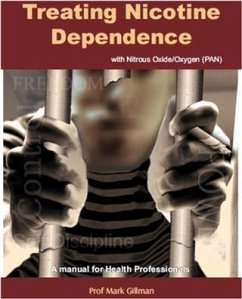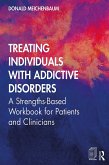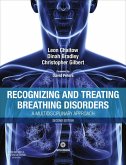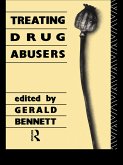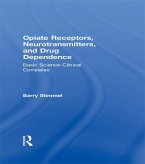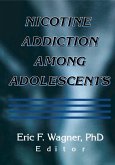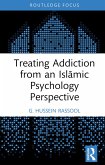PAN (psychotropic analgesic nitrous) sedation is an approved treatment in South Africa and qualifies for medical insurance refunds.
Assisting their patients to stop smoking or using tobacco products may be one of the most important contributions by health professionals to their patients' health. Fortunately, there is some evidence that advice from health professionals about tobacco use and its dangers plus assistance with quitting has an important influence on patients' decision to quit.
Chapter 1 - Chapter one gives a general introduction to the topic of nicotine dependence and its aetiological relationship to diseases as well as an outline of the topics covered in the succeeding chapters.
Chapter 2 - This chapter gives a general outline of the epidemiology and incidence of the various systemic diseases associated with tobacco use (including the impact of secondhand smoke). Knowledge of these conditions, many of which are potentially fatal, is essential in order for the practitioner to give well founded and appropriate advice to patients on the advisability of quitting.
Chapter 3 - This chapter covers, in some detail, the negative effects of tobacco on oral health, ranging from the trivial e.g. tooth staining to life threatening e.g. cancer. I have dealt with this aspect so that the manual will have some interest to dentists, who might wish to assist their patients to quit, since many dentists already have the expertise to apply nitrous oxide at the low doses consistent with PAN.
Chapter 4 - Here I deal with the general topic of substance abuse and dependence. This chapter will discuss substance abuse and dependence by looking at the terminology and underlying principles of substance dependence and abuse. This will be discussed using a historical perspective to enable practitioners to have a full understanding of the development of modern concepts.
Chapter 5 - Chapter 5 looks at the neurobiology of substance dependence, including some simple neurotransmitter concepts, which gives a rational basis for understanding the use of PAN for treating nicotine dependence. It will also explain the reasons why, today, the terminology and definitions are still the source of debate. Chapter 6 - Chapter 6 gives a theoretical basis of the general principles and practical technique of using PAN and then focuses on its use for treating nicotine dependence.
Chapter 7 - The final chapter of the manual will discuss a schedule, detailing how to treat nicotine dependence, including the use of other adjunctive therapies (e.g. nicotine replacement) with PAN. Some basic psychological aspects of nicotine dependence are also discussed in this chapter.
Dieser Download kann aus rechtlichen Gründen nur mit Rechnungsadresse in A, B, BG, CY, CZ, D, DK, EW, E, FIN, F, GR, HR, H, IRL, I, LT, L, LR, M, NL, PL, P, R, S, SLO, SK ausgeliefert werden.

